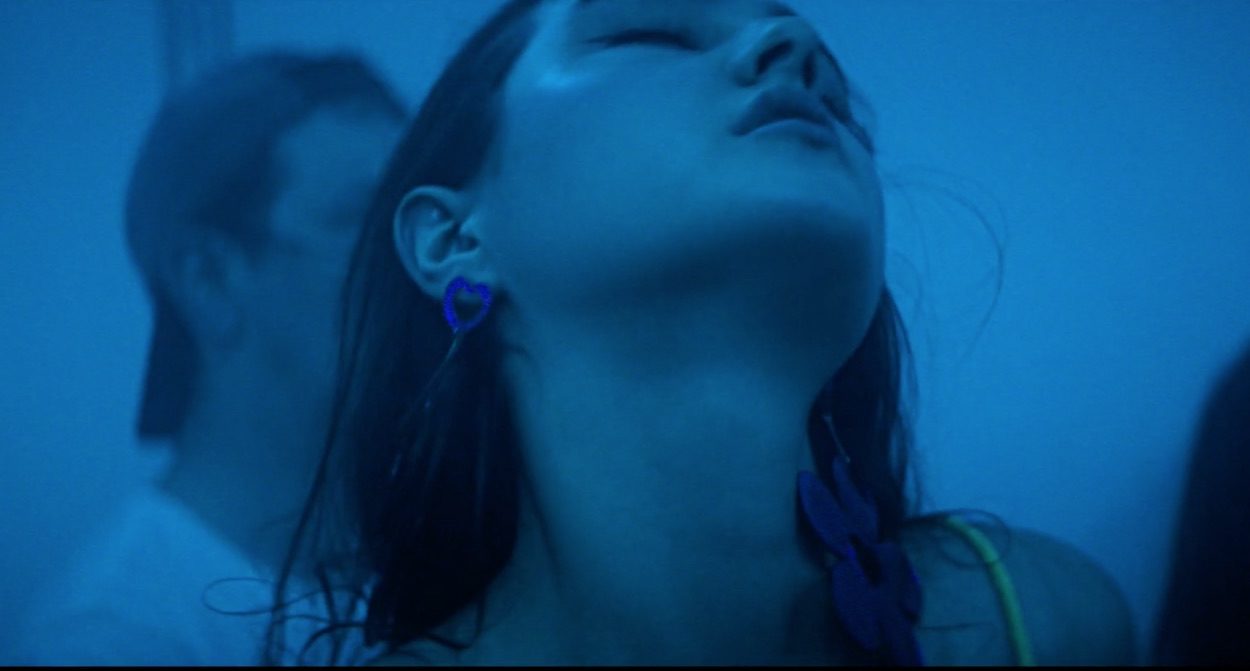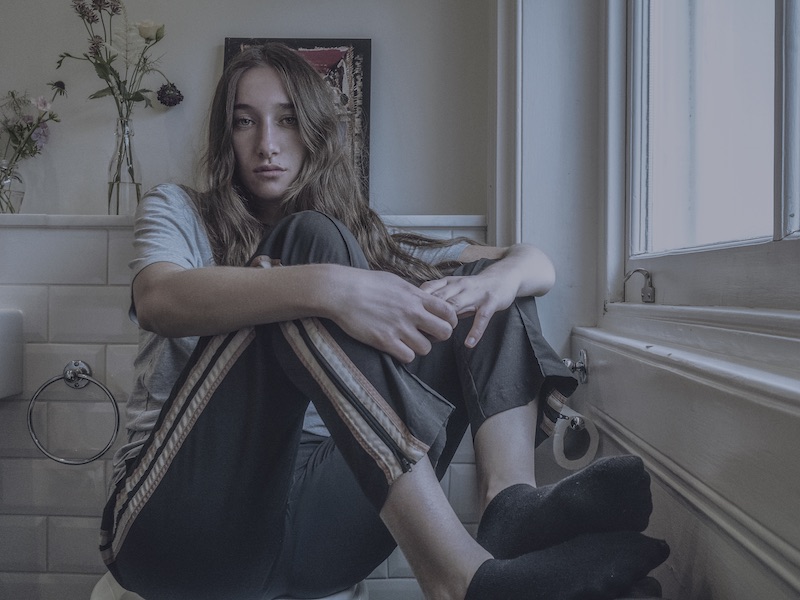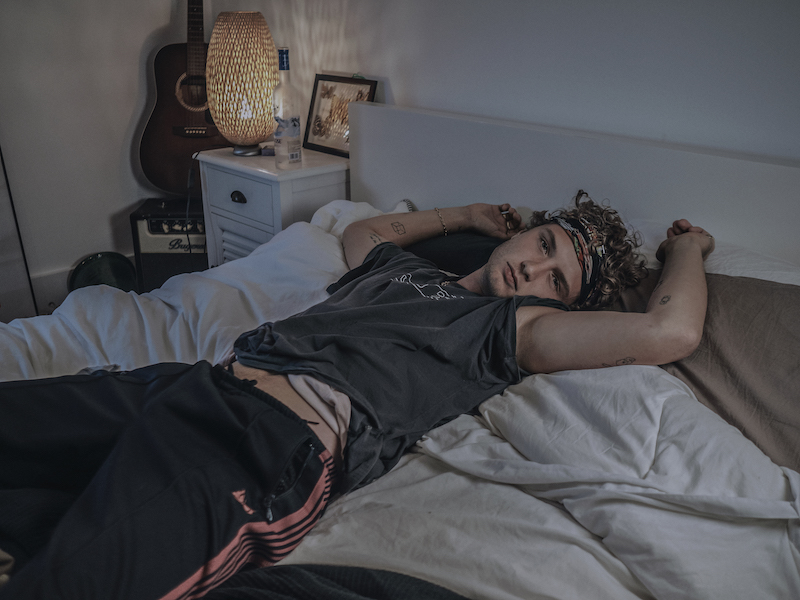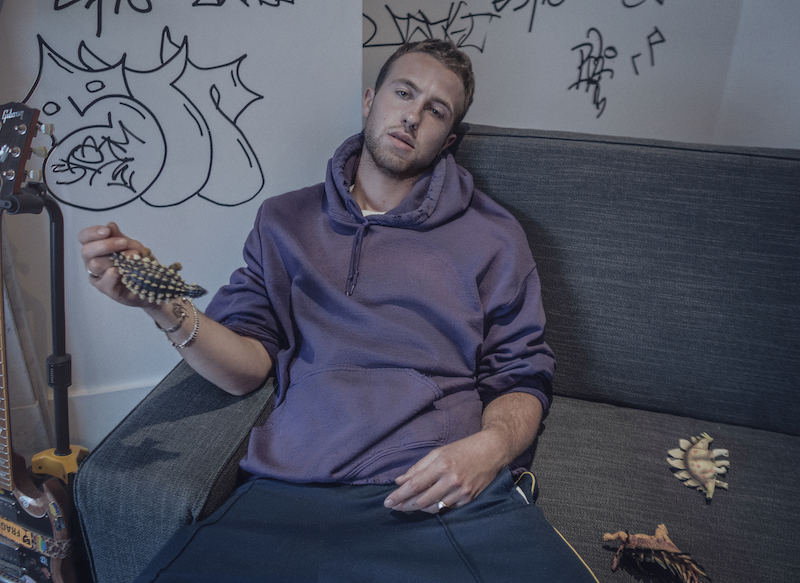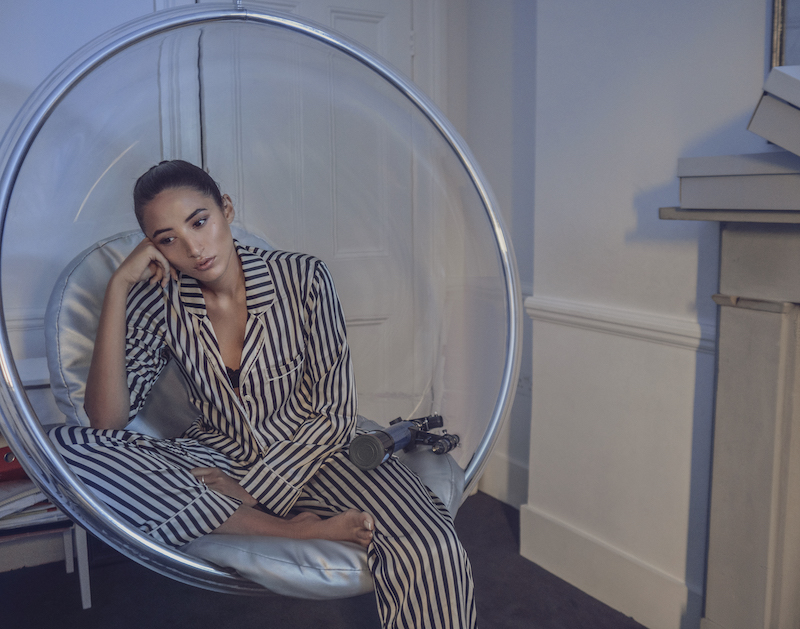Bella Broekman-Tilbury – Irene
Contact explores the devastating impact lockdown has had on the mental health and wellbeing on young people. Why was this an important story to tell?
Isolation really affected a lot of young people who were split up from their families – all sorts of terrible things have happened, there was an increase in suicide, people taking their own lives. But it’s not just what happened during the pandemic – the fallout is going to affect young people’s lives over the next few years in terms of education, careers, not having the incentive to do things because their whole lives have been turned upside down. But I also wanted to give some hope to people as well, that we can get through it, that we have to make contact and push ourselves to do things that -right now – are out of our comfort zones.
As well as being released on LOVE magazine, which goes out to lots of young people, Everyman cinemas are going to be showing it, and then we’re also going to do a panel with YoungMinds, the children and young people’s mental health charity. We just want to keep people talking about the topic.
Rafferty Law – Rolf
The entire film was conceived and shot during lockdown – what sort of challenges did that present?
We’d gone down to the Cotswolds before everything happened, so as well as my kids, there were my partner’s kids and their friends and we all locked down together in this house in the countryside. I had a lot of young people round me and I saw the different effects [of isolation] first-hand. There’d be someone not wanting to get out of bed, someone seeming depressed or anxious, drinking… I wanted to incentivise them, give them all something creative to do during that time, whether that was making music, or assisting, or writing. Anyway, we all got together and did it. The project was something everyone really connected with.
Filming happened towards the end of lockdown, so we were exploring different ways of doing things – filming on iPhones and setting up cameras in different locations so the actors could film themselves – but trying to keep within the guidelines. When we got back to London, Raff ended up isolating with his band, Kelvin [Bueno] and Rudy [Albarn, two of the actors in the film], and some of their other friends were close by. We all went up to Primrose Hill at 4.30am in the morning to shoot the final scene.
For the edit, we worked with UNIT and they were really supportive. We were all working remotely, sending things back and forward, trying to push these different edits through. It’s hard to articulate the changes you want when you’re not all sitting in the same room, but we got there in the end and we’re very happy with it.
Kelvin Bueno – Kevin
There’s a strong vein of surrealism running through the film – the characters raid their closets for fancy dress costumes that also double as PPE, and William Blake’s famous quote about ‘conversing with the spiritual sun’ also appears…
William Blake used to live on Primrose Hill, and as a poet, he’s very mystical and fantastical, which is reflected in the short film. That line [about the spiritual sun] is etched on the top of Primrose Hill: the highest point in London. It’s where the druids used to worship the sun. I was born and bred in Primrose Hill, I’ve spent the last 50 years there and have probably spent more time at the very top of the hill than anyone I know! So it all made sense.
And yes, there was an element of surrealism and escapism in the costumes. We ordered most of them off Amazon – deliveries were the one thing that was working during lockdown and that you could actually get your hands on – but we wanted the cast to have their own input and to put a twist of their own on the costumes, so the question was: if you could be at your most expressive and creative, what would you be? A dinosaur, or a diver?
Cora Corré – Coral
What was your favourite aspect of the project?
I always like to be collaborative, I think it’s so important. I love tapping into the energy of a young, dynamic cast. It was similar last year, making Running Man with Johnny, which had a young cast and has got a kind of cult following.
Speaking of young people, your son Rafferty appears in the film – what was the dynamic like between you?
Even though sometimes we can challenge each other’s ideas, me and Raff always seem to work quite well together as we’re quite similar emotionally; we’re both quite driven. I’m moving into a different direction of filmmaking and directing, and he’s acting, so we’re learning this new field together. We’ve done Running Man and Contact, and during lockdown, I shot him for a Wonderland magazine cover and a fashion campaign for a major international brand which comes out in August. And I’ve just shot the video for his band’s new song. It’s quite interesting having muses in the same family. But after this, we’ll probably do things separately and go our separate ways for a while.
Rudy Albarn – Jazzy
What message do you think viewers will take away from the film?
I want people to have some kind of hope. I’ve personally lost five friends in the last few months, but I’ve tried to move forward with hope. I do a lot of meditation and praying; having gratitude and thinking positive things. Everyone’s lost something or someone, everybody’s grieving in some way, but you have to get through grief. There’s a process to go through, but if there’s anything people can take from this film, it’s to have hope.
Anything interesting in the pipeline?
I’m directing a documentary about Mary Quant and am actually on my way to film Jasper Conran, who’s her godson. Then Blonde to Black has two other features: one in South Africa, and another called Live Forever, which [music documentary-maker] Matt Whitecross is going to direct. So lots of things to keep me busy for the next two to three years!
Interview by Selena Schleh
Stills photography by Debbi Clark
Website: Blonde to Black

